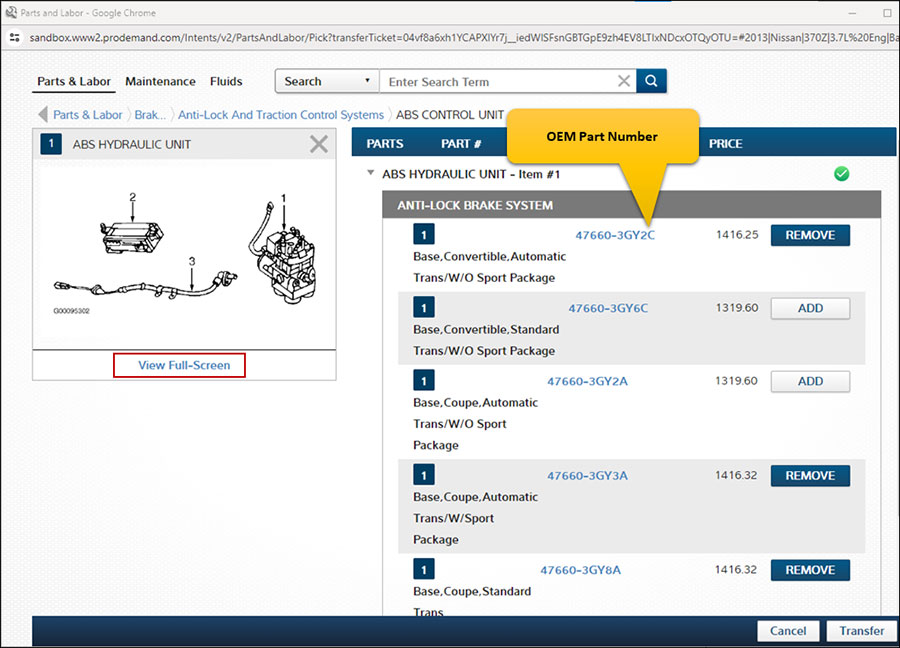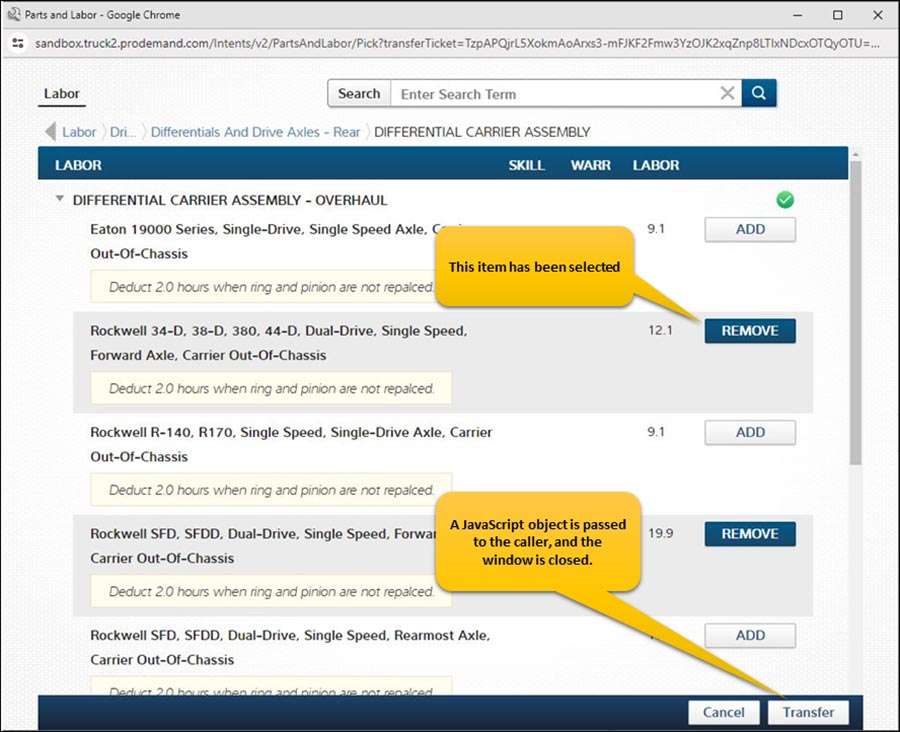
Inattention to detail can lead to serious consequences in a dangerous, busy shop environment
The shop is a dangerous place. On top of that, the shop can also be an incredibly busy place. With that combination, there should be little surprise that the latter element, being busy, only helps to compound the dangers already present in the shop.
On the other hand, it is not only hurry that leads to accidents, sometimes being lazy plays an even greater role. Well, for me being lazy is absolutely true. As I reflect back on my years in the shop, most accidents and injuries I experienced were related to rushing or inattention.
More often than not, inattention (a fine art of being lazy) was a resulting component of hurry. Although the scars on my hands and arms look as though my hobby used to be breaking up catfights, I largely lived through my years in the shop without life-altering injury. I was fortunate. Things could easily have been much worse, but they could also have been better.
Let’s take a look at three elements of shop life and ways to be safer; namely place, strategy, and attitude.
Place
There are numerous dangers in the shop. Technicians come into contact with materials that are flammable, poisonous, heavy, sharp, high-voltage and moving. Awareness to the potential dangers in the shop is of primary importance to staying safe. Sometimes items that seem inconsequential from one perspective are, in fact, a potential hazard.
Most technicians will know that engine coolant is toxic. But they may not know that engine coolant is also potentially flammable when exposed to open flame or hot surfaces. Obviously, gaining such knowledge through available information is better than learning about the danger when the truck bursts into flames.
Knowing what equipment and tools to use, and how to use them, will not only help to keep the technician safe, such knowledge makes performing the task more efficient and accurate. Using equipment not designed or rated for a job can easily result in damage to the equipment, the vehicle, oneself and potentially others. Reviewing the equipment operating information along with the vehicle service information can help reveal potential dangers before starting a job.
Strategy
A strategy can be as simple as a plan to grab a job ticket, fix a truck, and move on to the next job. It’s a rather open-ended strategy, to be sure, but it’s an approach. Service information will typically offer a systematic approach for diagnosing and repairing specific makes and models. Likewise, technician training programs will present a more generalized approach that may be used on a variety of vehicles or systems.
In either case, having a consistent plan to carry out diagnoses and repair can save time and maintain safety. Rushing and taking shortcuts offers no benefit if the repair does not fix the problem, something else gets damaged, or you get hurt.
Attitude
While attitude is the final part of this discussion, the technician’s attitude establishes the foundation for the dangerous nature of a shop. If I, as a technician, determine that being professional and responsible in my approach to the work is of the highest priority, then I can help keep myself and others safe while building my credibility as a world-class technician. The decision is mine to make.
EDITOR’S NOTE: Check out Jake Schell’s complete line-up of monthly columns in Fleet Equipment Magazine at https://www.fleetequipmentmag.com/author/jake-schell/






